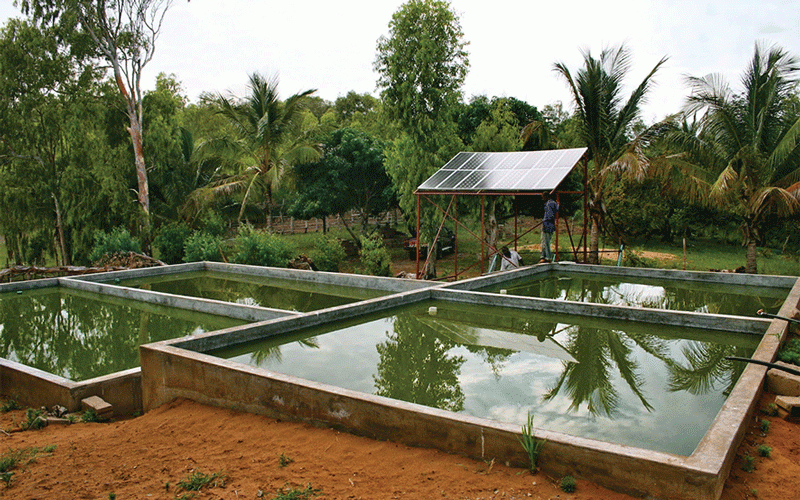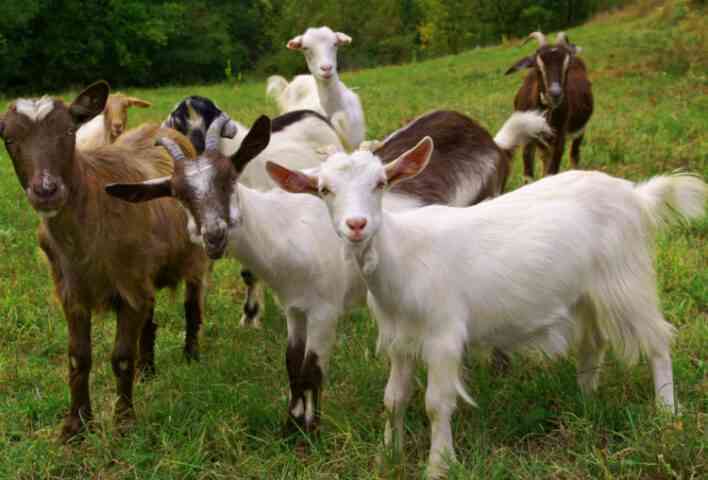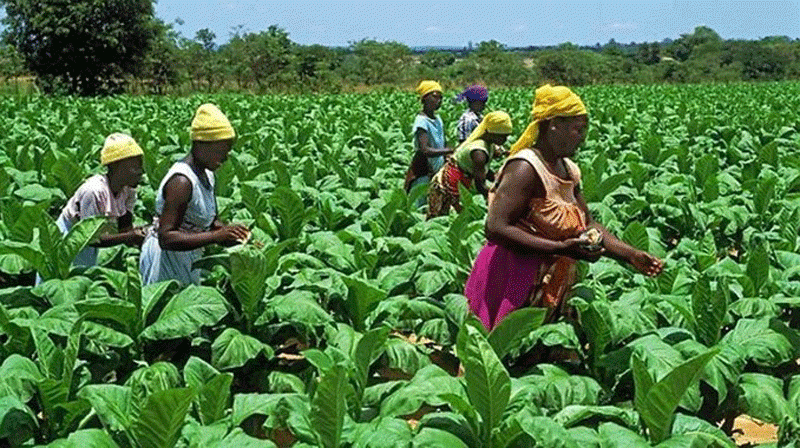
ZIMBABWE’S fishpond numbers increased by 29% to 7 247 this year, with Mashonaland West province recording the highest number of farmers venturing into fish farming.
According to the first round of Crop, Livestock and Fisheries Assessment report, small-scale fish farmers dominated the sector.
“Total number of fishponds increased by 29% from 5 634 fishponds in 2022 to 7 247 fishponds in 2023. Mashonaland West had the highest number (64%) of fishponds constructed, followed by Matabeleland South (49%),” the report said.
“There is a steady increase in the number of fishponds from 2020 to 2022. Most small-scale fish farmers are in the communal sector (69%) and the least in large-cale sector (3%).”
The report revealed that a total of 16 million fingerlings were produced in 2022, with the Nile Tilapia fingerlings recording the highest production compared to other breeds.
This is because all commercial hatcheries are breeding Nile Tilapia.
The report noted that most farmers source their fingerlings from local fish farmers.
The recycling of genetics can, however, result in inbreeding, loss of hybrid vigour and stunted growths, the report further indicated.
- In Full: Twelfth post-cabinet press briefing: May 10, 2022
- Private sector makes inroads into wheat production
- Private sector makes inroads into wheat production
- Water crisis worry Gokwe elderly
Keep Reading
Small-scale farmers in most provinces still have difficulty acquiring fingerlings from reputable breeders because they are located in Kariba and Bindura.
Kapenta production increased from 5 333 tonnes in 2020 to 5 950 in 2021.
Breams are the most farmed fish species at 90%, followed by Trout at 7% and Catfish 3%.
Nile Tilapia production decreased by 14% from 5 803 tonnes in 2021 to 4 948 tonnes in 2022.
Trout production also decreased by 20% from 44 tonnes in 2021 to 35 tonnes in 2022, while Catfish production continues on an upward trend, recording a 22% from 46 tonnes in 2021 to 56 tonnes in 2022.
Stakeholders from across Zimbabwe’s Tilapia value chain have rallied behind a plan to help the southern African nation develop its Tilapia aquaculture and promote opportunities for women, youth and marginalised groups without adding pressure on the environment
The strategy foresees a nearly three-fold increase of farmed Nile Tilapia production from 5 600 to 14 000 tonnes per year in 2032.
This increase would be driven by better access to inputs, services and markets for small-scale fish farmers and would raise their yearly benefits from US$5,6 million to US$22 million in 10 years.
The strategy also advocates widespread use of best practices so that growth has no negative effects on biodiversity and ecosystems, and will not cause additional pollution.











